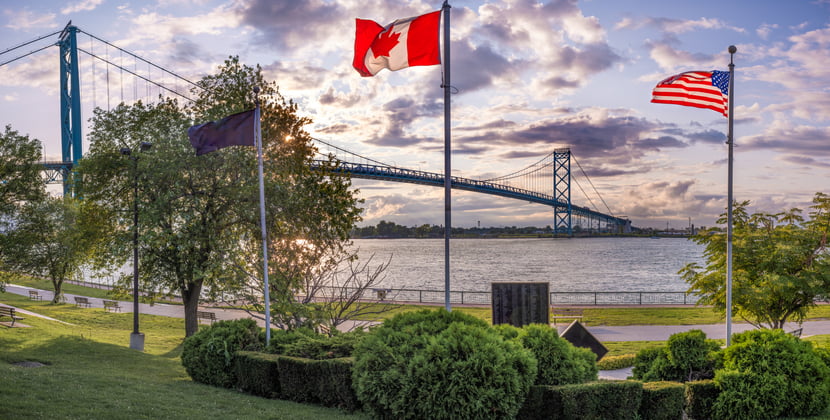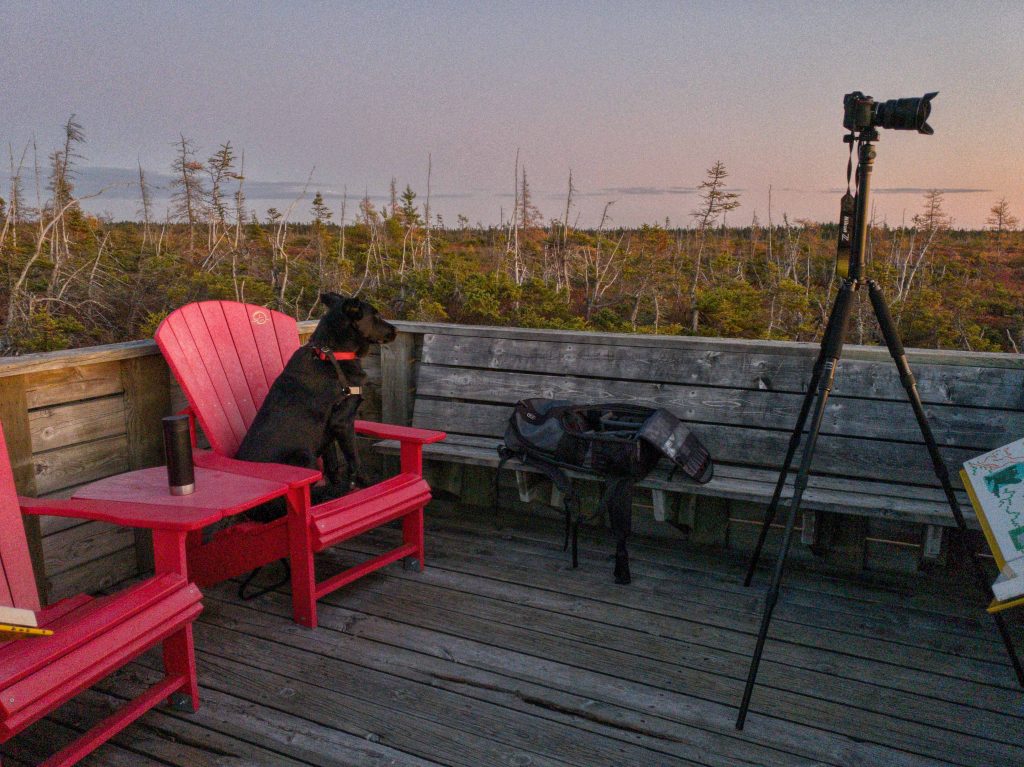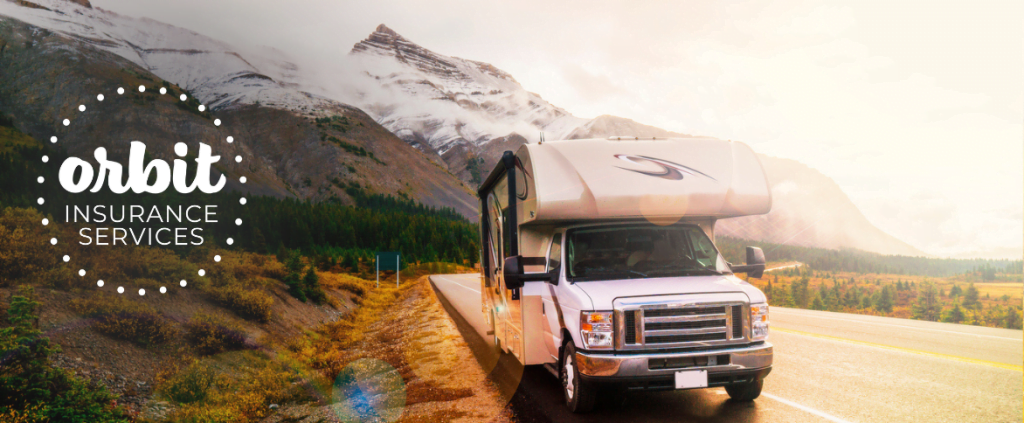A Word of Caution: The coronavirus pandemic is still a rapidly changing situation, which means that conditions and rules can change quickly. We recommend that you search for the most recent Canadian-US border travel information before starting out on your journey and again before you are scheduled to return home. Examples of websites where you can find up-to-the-moment information include the Government of Canada and the United States Embassy and Consulates in Canada.
Canadian residents who live the RV lifestyle often enjoy RV travel in the United States. However, the COVID-19 public health crisis changed how customs officials on both sides of the border enforce rules. The good news is that the restrictions in both countries have started to ease now that millions of people have received vaccinations for the pandemic. It’s always best to be cautious – so read these rules carefully and be diligent in double checking travel plans aren’t going to go astray – so you still can!
How to Travel Across the US Border
Current US border regulations do not currently permit land-crossings from Canada, which means that for the time being, Canadian RVers cannot enter the United States by vehicle or RV.
Some RVers have opted to ship their vehicles over the border to be collected after they arrive by air. However, another option for would-be RV travellers to the U.S. is to make arrangements to rent an RV after arriving across the border by air. Any Canadian snowbirds who own an RV that is currently being stored in the U.S. for use during their winter stay abroad will find it easier to travel the United States by RV this way while the current border restrictions are in place.
If you plan to exit Canada and enter the United States, you will need to show proof that you have had both vaccinations for COVID-19. Your vaccination card must show that you received the two shots at least 14 days apart. You also need to show proof of a recent negative COVID-19 test or an antigen test for US border crossing.
What to Expect Upon Re-entry into Canada
If you are a Canadian national returning to the country after spending time in the United States, be sure to have the following documents with you:
- ArriveCAN receipt
- Pre-entry test results
- Proof of vaccination
- Other documents as required by each province (check for changes weekly)
You will need to take a COVID-19 test upon arrival at the border to ensure that you are not contagious. Customs officials may also allow you to complete testing at home if you agree to report the results immediately. Assuming your test is negative, and officials have not ordered you to quarantine, you must follow these Canadian laws:
- Wear a face covering in public
- Follow all local public health measures
- Retain a copy of your proof of vaccination
- Keep a list of all the close contacts you have over the first 14 days after re-entry into Canada. (consider downloading a Covid-19 contact tracing app to make things easier)
Provincial and Territorial Travel Restrictions
Alberta, British Columbia, Ontario, Quebec, Saskatchewan, and Yukon currently have no additional travel restrictions besides those imposed by the Canadian government. The provinces and territories below have issued their own guidance:
- Manitoba: Fully vaccinated individuals can return to Manitoba without needing to self-quarantine for 14 days. Unvaccinated individuals and those who have only received one dose must still self-quarantine.
- New Brunswick: You do not have to register your trip with New Brunswick if you are arriving from Atlantic Canada. Otherwise, you must register your trip at least five days before you plan to enter New Brunswick. You may need to self-quarantine based on where you travelled from and whether you are vaccinated.
- Newfoundland and Labrador: All travellers to these regions must submit travel plans at least three days in advance. You may need to self-isolate upon arrival depending on your vaccination status.
- Northwest Territories: You do not need to self-isolate upon returning to the Northwest Territories if you are vaccinated and travelled within Canada. However, you still need to submit a Self-Isolation Plan to inform the government of your vaccination status and travel details for contact tracing purposes.
- Nova Scotia: You will need to complete a Safe Check-In Form if you travel outside Atlantic Canada, even if you meet exemption requirements for self-isolation. Whether you need to quarantine and for how long depends on where you travelled and your vaccination status.
- Nunavut: You must obtain official permission from the Chief Public Health Officer of Nunavut to enter or travel within this territory.
- Prince Edward Island: Each vaccinated person over age 12 must complete a separate application to enter PEI. You and your family members will then receive a PEI Pass that allows you to cross the border.
Most campgrounds, restaurants, and similar venues of interest to RV travellers are open in both the United States and Canada. Each Canadian province follows its own safe reopening plan, so be sure to read more details about the area you intend to visit or return to at this link.




